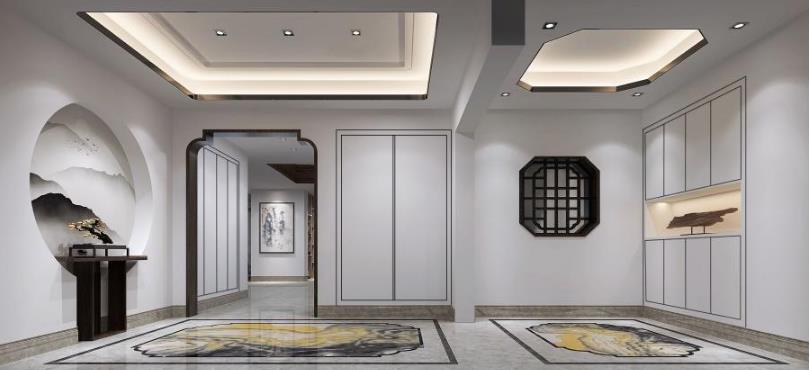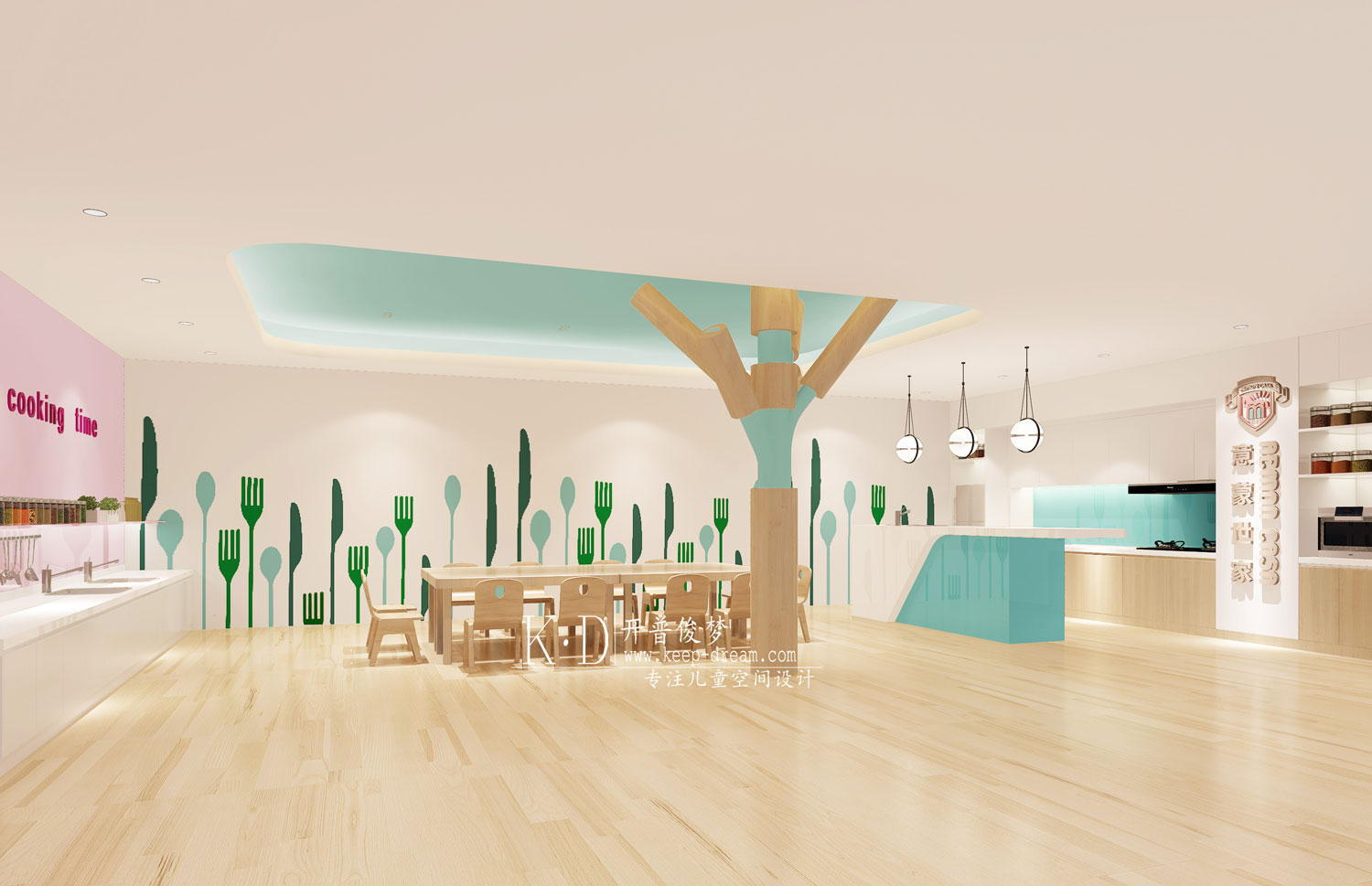The Mirror Window Kosaku Matsumoto
2017-07-31 19:00
架构师提供的文本描述。办公大楼内办公区域的局部翻新,其中有车间空间、办公室和当代艺术画廊。该项目是在建筑师在现场居住的三个月的设计和施工后完成的。
Text description provided by the architects. A partial renovation of the office area within a building complex that hosts a workshop space, an office and a contemporary art gallery. The project was completed after designs and constructions made during three months of the architect’s on-site residency.
现有的窗户尺寸为2×2.5米,这是游客进入空间时的第一个视线-可以看到相邻的一所房子的贫瘠景色。乍一看,改变这一窗口将决定新空间的性质。这个想法是放弃使用这个没有视野的窗口:相反,它反映了室内空间的景观。2米长的镜面板是在DOMA(连接入口处和外面的一层土木地板)的尺寸之后,沿混凝土栅栏的跨度安装在窗户后面的。
The existing window with the dimensions of 2 by 2.5 meters - the first sight for visitors as they enter the space - had a barren view of an adjacent house. It was clear at the first glance that changing this window would determine the nature of the new space. The idea was to abandon the use of this window that had no view: Instead, to reflect views of the interior space. The 2-meter-long plate of mirror was prepared after the dimensions of doma (an earth floor connecting the entrance and the outside), and installed behind the window along the span of the concrete fence.
镜子不仅反映了室内空间,还反映了相邻的墙壁及其邻里,从许多不同的角度揭示了建筑中被忽视的元素。它还创造了额外的视野,增加了空间的深度感。水平滑动窗作为内滑动门再使用。当门打开时,DOMA成为室内空间不可分割的一部分。
The mirror reflects not only the interior space, but also adjacent walls and its neighbourhood, revealing otherwise overlooked elements of the architecture from many different angles. It also created extra scope of sight and added a sense of depth to the space. The horizontal sliding windows were reused as the sliding doors inside. When the doors are open, doma becomes integral part of the indoor space.
因此,通过对现有窗户进行改造,探索内外部关系的反射镜效应,创造了更多的景观和露天空间。
As the result, the renovation created additional views and open-air space through reworking the existing windows and exploring the reflective effects of mirror which intermingles the relationship between the interior and the exterior.
 举报
举报
别默默的看了,快登录帮我评论一下吧!:)
注册
登录
更多评论
相关文章
-

描边风设计中,最容易犯的8种问题分析
2018年走过了四分之一,LOGO设计趋势也清晰了LOGO设计
-

描边风设计中,最容易犯的8种问题分析
2018年走过了四分之一,LOGO设计趋势也清晰了LOGO设计
-

描边风设计中,最容易犯的8种问题分析
2018年走过了四分之一,LOGO设计趋势也清晰了LOGO设计




























































